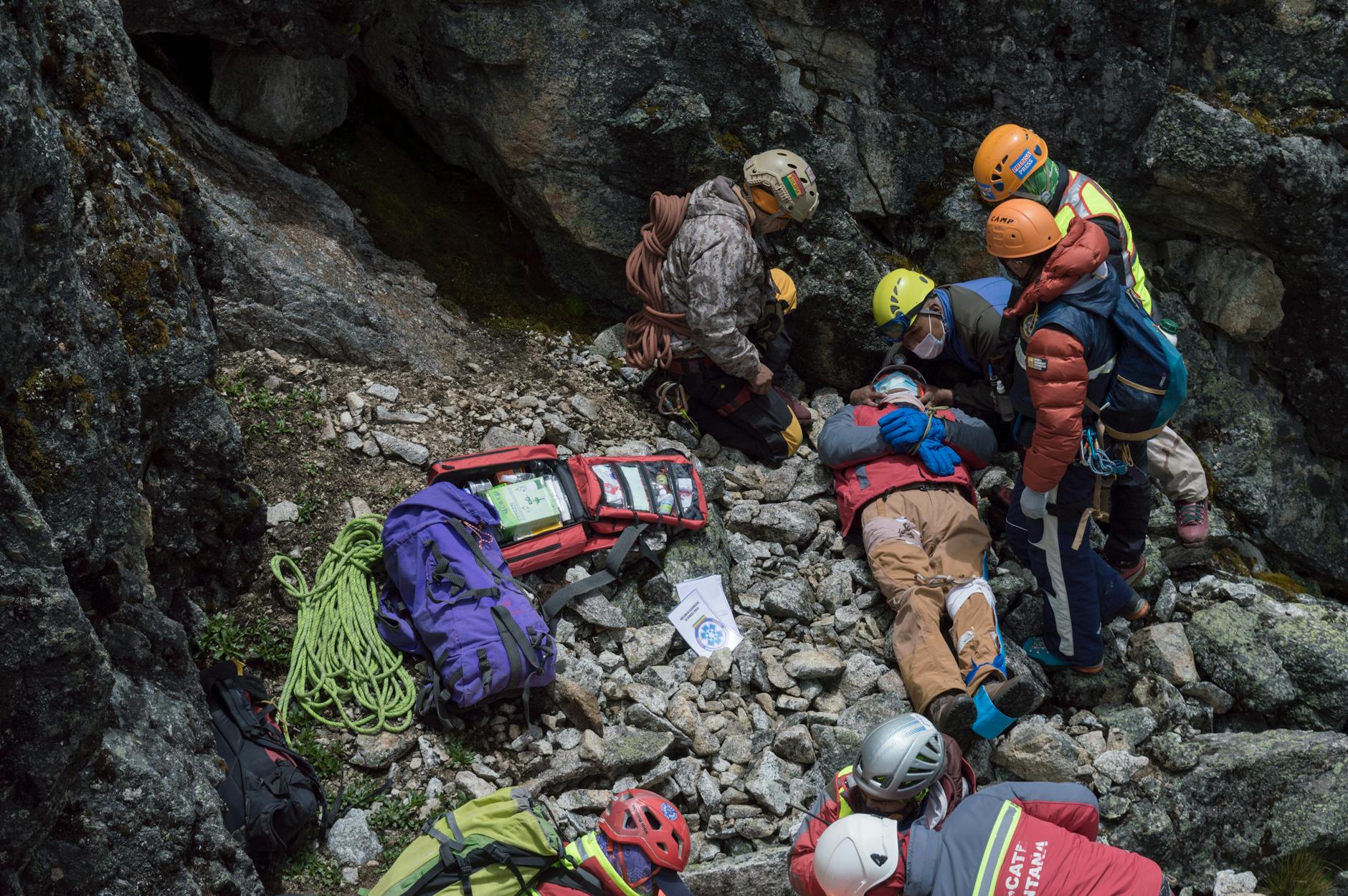
Emergency Rescue Teams
In moments of crisis, emergency rescue teams stand as beacons of hope and safety, swiftly responding to disasters, accidents, and emergencies of all kinds. But who are these brave men and women, and what do they do? Let’s delve into the world of emergency rescue teams to understand their vital role in saving lives and ensuring community safety.
What is an Emergency Rescue Team?
An emergency rescue team is a group of highly trained professionals dedicated to responding to emergencies and providing assistance in hazardous situations. These teams consist of individuals with diverse skill sets, including firefighters, paramedics, search and rescue specialists, and disaster response experts.
Roles and Responsibilities of Emergency Rescue Teams
Emergency rescue teams undertake a wide range of roles and responsibilities, including:
- Search and rescue: Locating and extricating individuals trapped in hazardous environments, such as collapsed buildings, vehicle accidents, or natural disasters.
- Medical assistance: Providing immediate medical care to injured individuals, administering first aid, and stabilizing patients for transport to medical facilities.
- Fire suppression: Extinguishing fires and preventing the spread of flames to protect lives and property.
- Evacuation: Safely evacuating individuals from dangerous areas, such as burning buildings, flood zones, or hazardous material incidents.
- Disaster response: Deploying resources and personnel to manage large-scale emergencies, such as hurricanes, earthquakes, or terrorist attacks.
Training and Preparation
Members of emergency rescue teams undergo rigorous training and preparation to equip them with the skills and knowledge necessary to respond effectively to emergencies. Training programs often include:
- Technical rescue techniques: Learning specialized skills for extricating individuals from confined spaces, collapsed structures, or high-angle environments.
- Emergency medical training: Obtaining certifications in first aid, CPR, and advanced life support techniques to provide critical medical care in the field.
- Firefighting skills: Mastering techniques for fire suppression, ventilation, and search and rescue operations in hazardous fire environments.
- Incident command systems: Understanding organizational structures and protocols for managing emergency scenes and coordinating response efforts.
Collaboration and Coordination
Emergency rescue teams work closely with other first responders, including firefighters, paramedics, law enforcement officers, and disaster response agencies, to ensure a coordinated and effective response to emergencies. Collaboration and communication are essential for maximizing resources, sharing information, and providing seamless assistance to those in need.
Challenges and Rewards
While the work of emergency rescue teams is incredibly rewarding, it also comes with its challenges. These may include:
- Physical and emotional strain: Responding to emergencies can take a toll on rescue team members, both physically and emotionally, as they witness human suffering and loss.
- Risk of injury or death: Emergency rescue operations often involve working in dangerous environments, such as unstable buildings, swift-flowing water, or hazardous chemical spills, putting team members at risk of injury or death.
- Limited resources: In some cases, emergency rescue teams may face challenges due to limited resources, such as equipment shortages, funding constraints, or staffing issues.
Despite these challenges, the dedication and bravery of emergency rescue teams remain unwavering. Their commitment to saving lives and serving their communities make them true heroes in every sense of the word.
Conclusion
Emergency rescue teams play a crucial role in safeguarding public safety and responding to emergencies of all kinds. Through their professionalism, skill, and dedication, they provide vital assistance to individuals in distress, often risking their own lives to save others. Their selfless service embodies the spirit of compassion and heroism, making them an indispensable asset to society.
Safety Standard Operating Procedures Manual
HSE Standard Operating Procedures
Safety Documents in the Workplace
FAQs
- What qualifications are required to join an emergency rescue team?
- Qualifications may vary depending on the specific role within the team, but typically include certifications in firefighting, emergency medical services, technical rescue, and incident command systems.
- How do emergency rescue teams coordinate their efforts during large-scale emergencies?
- Emergency rescue teams use incident command systems and mutual aid agreements to coordinate their efforts, ensuring seamless communication and resource sharing.
- What types of emergencies do emergency rescue teams respond to?
- Emergency rescue teams respond to a wide range of emergencies, including fires, medical emergencies, natural disasters, hazardous material incidents, and urban search and rescue operations.
- Are emergency rescue teams available 24/7?
- Yes, many emergency rescue teams operate around the clock, ready to respond to emergencies at any time of day or night.
- How can individuals support emergency rescue teams?
- Individuals can support emergency rescue teams by following safety guidelines, volunteering with local emergency services, and donating to organizations that support first responders.
























